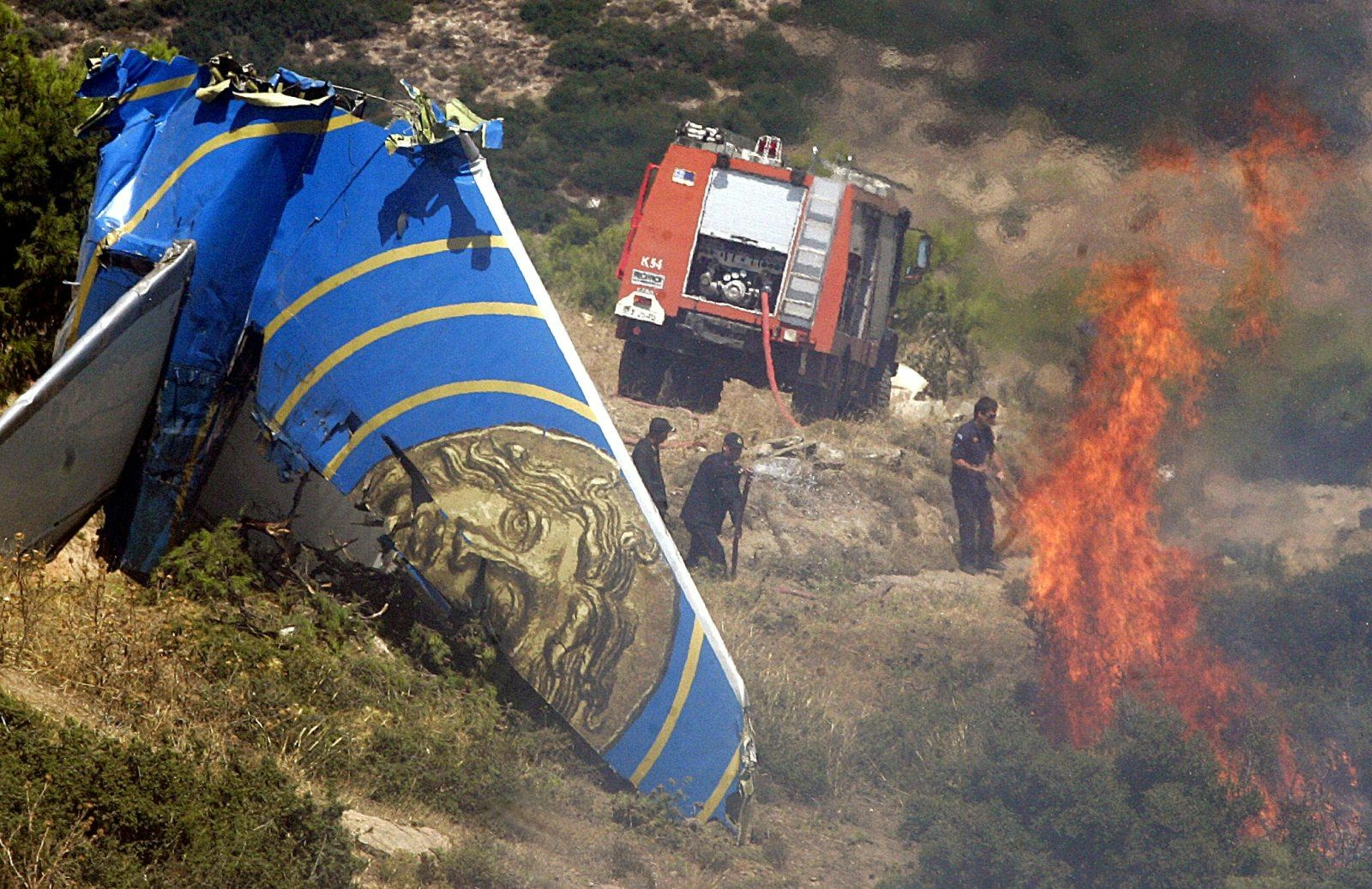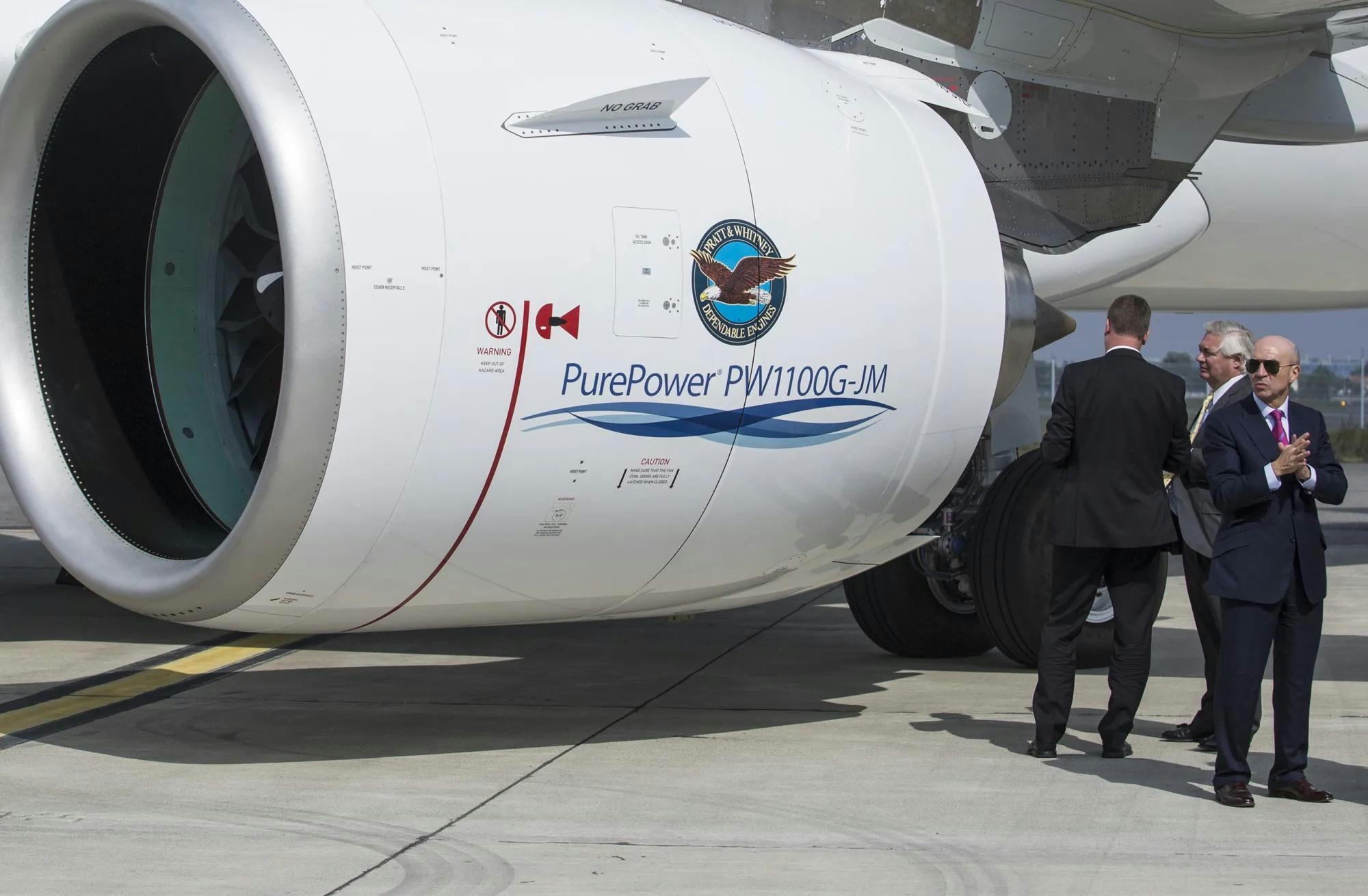
AeroGenie — Your Intelligent Copilot.
Trending
Categories
Engine Fire Forces Emergency Landing of Flight to Corfu Carrying 250 Passengers

Engine Fire Forces Emergency Landing of Flight to Corfu Carrying 250 Passengers
A Boeing 757-300 operated by Condor, carrying 250 passengers, was compelled to make an emergency landing after one of its engines caught fire shortly after departing from Corfu, Greece. The aircraft had taken off from Corfu International Airport at approximately 8 p.m. local time on Saturday, bound for Düsseldorf, Germany. The critical incident occurred at an altitude of around 1,500 feet when the right engine suddenly erupted in flames.
Explosions Over Corfu and Immediate Response
The dramatic event was captured on video, showing the engine engulfed in flames accompanied by loud explosions that were audible across Corfu’s harbor. Both residents and tourists reported hearing a deafening noise as the aircraft passed overhead. In response, the flight crew promptly shut down the affected engine and began assessing the situation to ensure the safety of all on board.
Despite the severity of the engine fire, the captain confirmed to authorities that the aircraft was capable of continuing flight on a single engine. Instead of returning directly to Corfu, the pilots executed a right turn, circled the island, and proceeded northwest, maintaining an altitude between 6,000 and 8,000 feet. Throughout the ordeal, the crew prioritized passenger and crew safety, managing the emergency with professionalism and composure.
Safe Diversion and Industry Implications
The flight was ultimately diverted to Brindisi Airport in southern Italy, where it landed safely without any reported injuries among passengers or crew. The successful emergency landing underscored the effectiveness of established safety protocols and the crew’s adept handling of the situation.
This incident has renewed attention on airline safety procedures and emergency response measures. While Condor was the operator involved, such events often prompt broader industry evaluations, with regulators and competitors reviewing safety standards across carriers. The episode also raises considerations regarding insurance and operational risks, as well as comparisons to previous similar incidents. It highlights the ongoing necessity for rigorous maintenance practices and comprehensive crew training within the aviation sector.
For further information and updates, official sources and airline statements remain the primary references.

Emirates to Install Starlink for Free Onboard Wi-Fi Starting November

Material Support for GAMIT Reaches Record High

Pratt & Whitney Produces Enough Engines for Airbus to Meet 2025 Delivery Goal

Air Premia Adds Fourth Spare Engine to Improve Operational Safety

CDB Aviation Leases Two 737 MAX 8 Jets to Ethiopian Airlines

EU Proposes Draft Rules for AI Use in Aviation

ST Engineering Sells 49% Stake in Shanghai MRO Joint Venture to China Eastern Airlines for 680.5 Million Yuan

Long-Range Narrowbody Jets Unlikely to Diminish Middle Eastern Demand

United's Dreamliner Trio: Unveiling The Top Routes For Each 787 Variant
